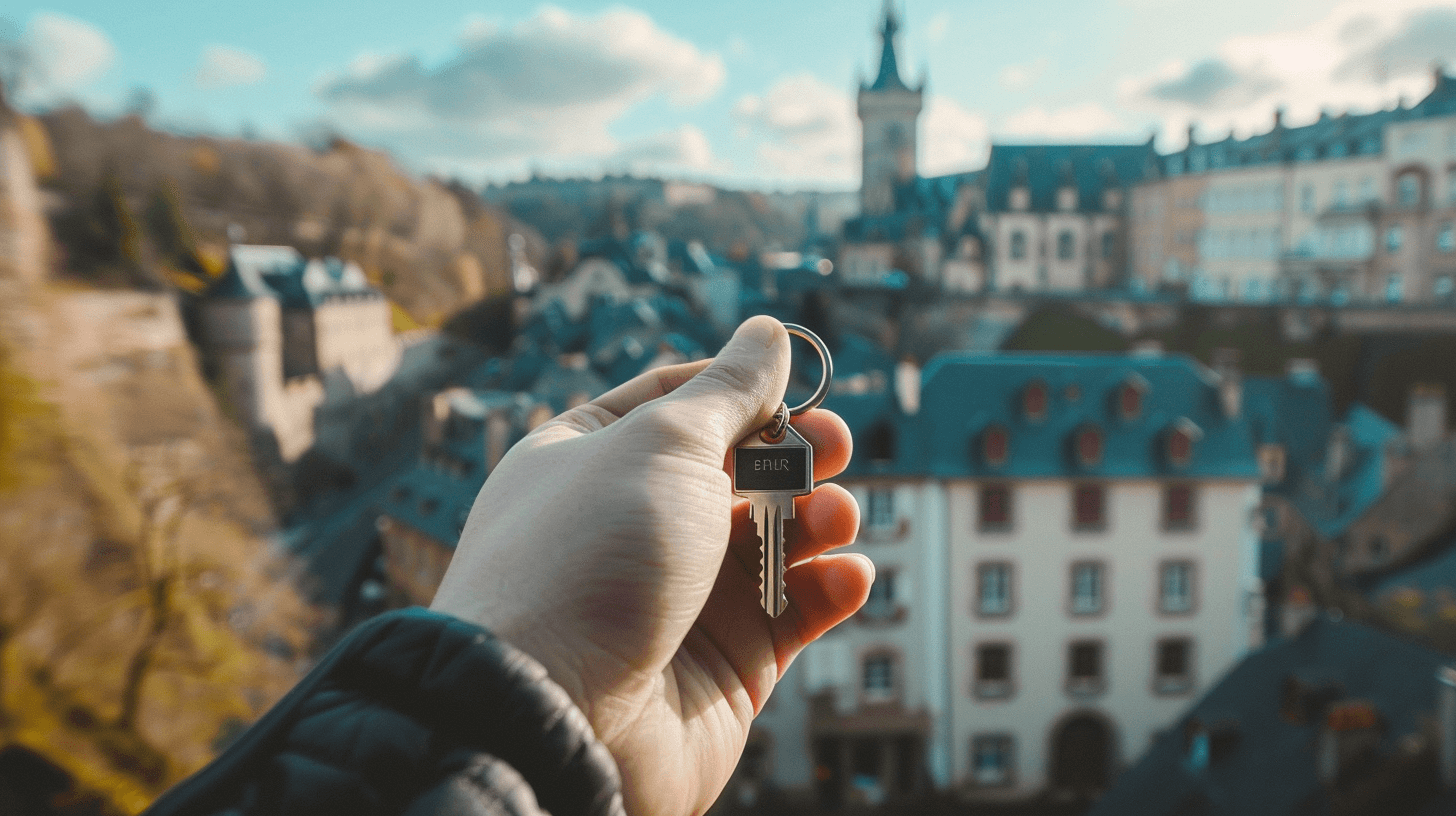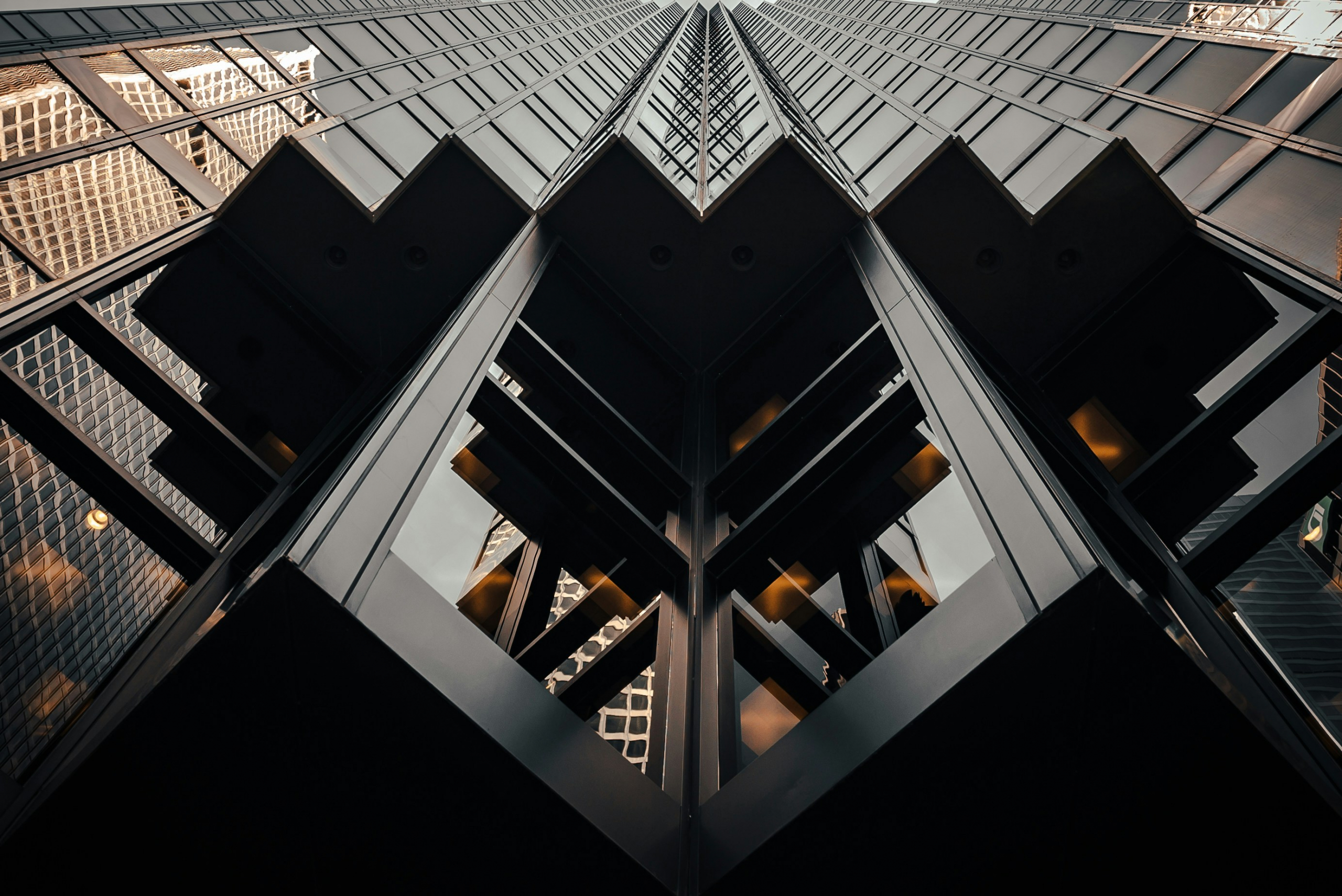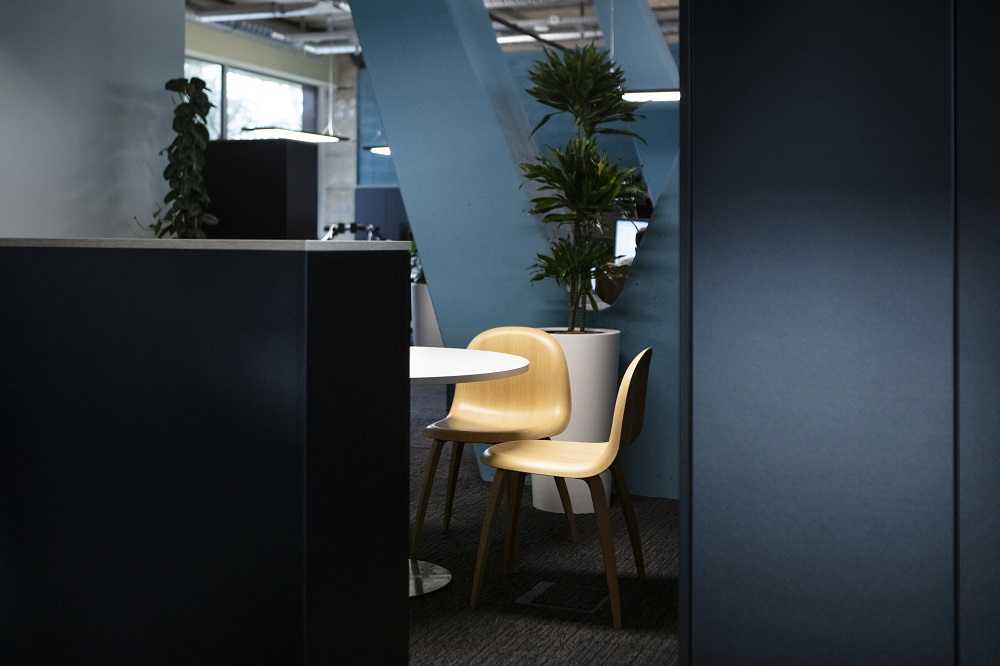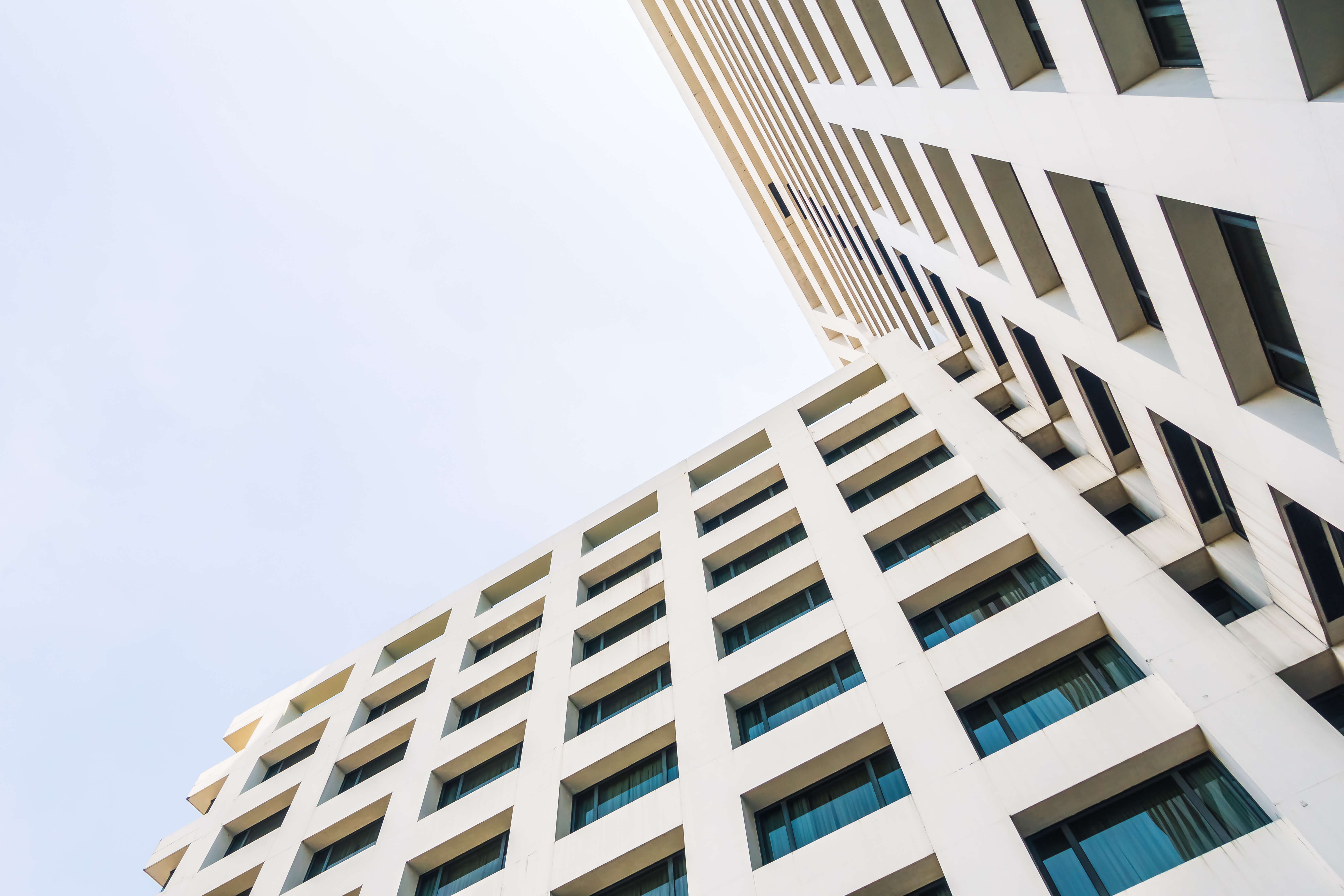
February 19, 2025 • Real estate market

December 23, 2022 • Real estate market
How does a city’s architectural heritage contribute to its identity and how is it maintained? Between aesthetics, functional considerations, and economic profitability, how are priorities balanced? Shaaf Milani-Nia, Head of the Urban Planning Department of the City of Luxembourg, and Vincent Bechet, Executive Chairman of INOWAI, discuss these considerations.
When asked about the role of architecture at the city level, Shaaf Milani-Nia, Head of the Urban Planning Department of the City of Luxembourg, answers unequivocally: “It is what allows you to affirm that you are in Luxembourg and not in Brussels, that you are in one neighbourhood and not another.” Architecture, among other elements, contributes to the identity of a city, a neighbourhood, a place, and its development. “It does not solely determine the identity of a city, but it contributes to it,” clarifies Shaaf Milani-Nia.
Given that Paris is renowned for its Haussmann buildings, one might wonder how Luxembourg stands out architecturally. “What characterises our city is its millennial history, whose continuity is expressed through the architectural styles that coexist here,” continues the Head of the Urban Planning Department. “Between the historic centre, now a UNESCO World Heritage site, and the European quarter, both connected by the Grande-Duchesse Charlotte Bridge overlooking the valley, Luxembourg is distinguished by this exceptional visual cohesion.”
In Luxembourg, neighbourhoods are often separated by a valley and connected by bridges. Each has its style, spirit, and uniqueness. The historic centre is distinct from Limpertsberg or Bonnevoie. The concept of “multiplicity,” which supports the communication of the City of Luxembourg, is reflected in the architecture and urban planning of each neighbourhood.
“While some may see the bridge as an element ensuring continuity between neighbourhoods, others consider the valley as an element of disruption,” comments Vincent Bechet, Partner & Co-Founder of INOWAI. “In our real estate professions, we tend to like categorising elements. In Luxembourg, the city’s layout is profoundly marked. Boulevard Royal is not Avenue de la Liberté, despite the Adolphe Bridge directly connecting these two historic city thoroughfares.”
The city’s history is read through its architecture, with eras expressed in layers. “Through it, we can determine where we come from, to better envision where we are going,” comments Shaaf Milani-Nia.
Is the architectural future of the city oriented? “Luxembourg does not have a determined architectural ambition,” replies the Head of the Urban Planning Department. Nevertheless, the municipality is attentive to the developments envisaged on its territory. However, architecture should not primarily guide future developments. Functional needs, such as the current urgency to create housing, environmental, economic, and diversity issues, often take precedence over aesthetic considerations.
From one developer to another, the balance between these various considerations can vary significantly. Often, the pursuit of profitability takes precedence over ornamental aspects. Many, therefore, tend to opt for the simplest, cheapest solutions, aiming to maximise margins. “In excess, this creates uniform neighbourhoods that all look alike,” comments Vincent Bechet. “One only has to visit East Berlin to realise the consequences of industrial architectural practices. It’s terrible.” Original architectural expression, on the contrary, contributes to the diversity of neighbourhoods. Thus, it is important to allow real freedom in architectural designs.
If architecture contributes to a city’s identity and a neighbourhood’s diversity, does it also contribute to a building’s value? “It’s always a question of supply and demand,” comments Vincent Bechet. “In the most prosperous years, everything sold. Today, the market situation is more strained. Buyers, if they have the means, are already happy to find a property. The rise in costs and interest rates prompts developers to pay attention to their margins. However, for certain properties, considering the competition that may exist among investors, architecture can make the difference.”
In Luxembourg, the Urban Planning Department aims to give architects full freedom to express themselves. Its head also acknowledges the risk of establishing too prescriptive a framework. “In the past, we saw the framework defining the norm,” she explains, recalling a time when most architectural designs included the same projections simply because the regulations set maximum dimensions.
While it is essential to establish a framework, it should not overly constrain the architect’s freedom. The city seems to prefer dialogue over constraint. “Each architect can have a vision that is not necessarily ours. What matters to us is that the context is taken into account without becoming the context,” comments the Head.
The authorities ensure this harmonious integration by inviting dialogue with developers.
It is also encouraging to note that not all developers necessarily go for the cheapest and simplest solutions. “It is not uncommon today to see owners or sellers proposing an architectural competition,” comments Shaaf Milani-Nia. “These are practices we didn’t necessarily see in the past. They allow for reflection on the project to be implemented, considering other issues besides optimising available square metres. They are also opportunities to enrich the reflection.” “Following the architectural competition for ArcelorMittal’s new headquarters, the project owner engaged in dialogue with the city around the selected project to obtain its perspective. This was an opportunity for Ms Polfer to suggest improvements to the building’s façade facing the historic centre,” explains the head of the Urban Planning Department. “The exchange allowed the project leader to realise the importance of a perspective that had not been sufficiently taken into account.”
Moreover, it is through competitions that good projects are revealed. Vincent Bechet has had the opportunity to participate in several, such as the competition that crowned the Infinity project, which welcomes visitors to the European quarter from the city, or the Royal-Hamilius redevelopment competition. “Those who win are most often those who consider the context and ensure harmonious integration into the existing urban fabric,” he comments. “When architecture primarily seeks to disrupt the codes, it rarely succeeds.” And Ms Milani-Nia reminds us that the best architectural project “is the one that best integrates aesthetic, functional, and economic aspects on a given surface“.
Do you have questions or need advice for your real estate project? We are ready to assist you!

